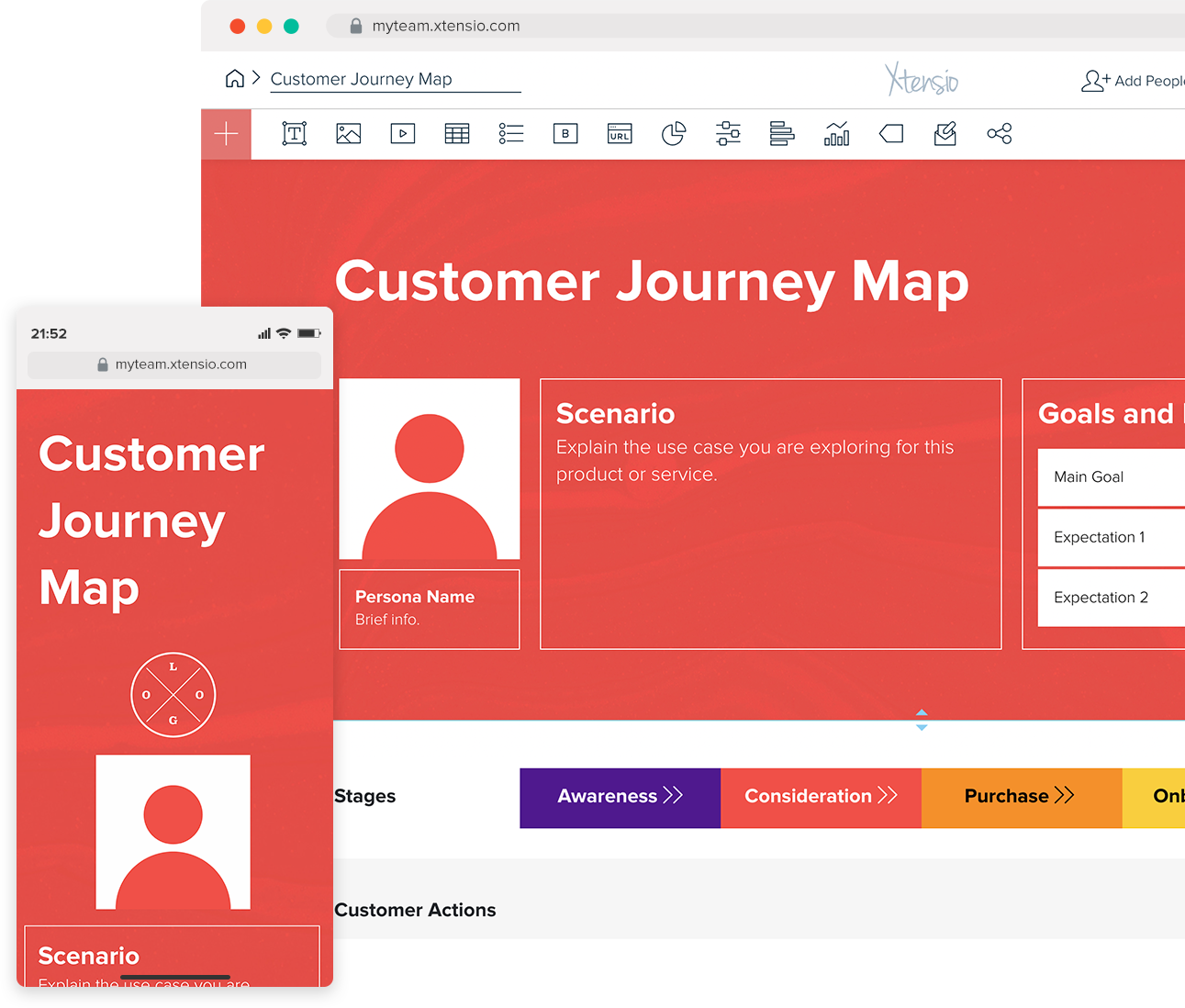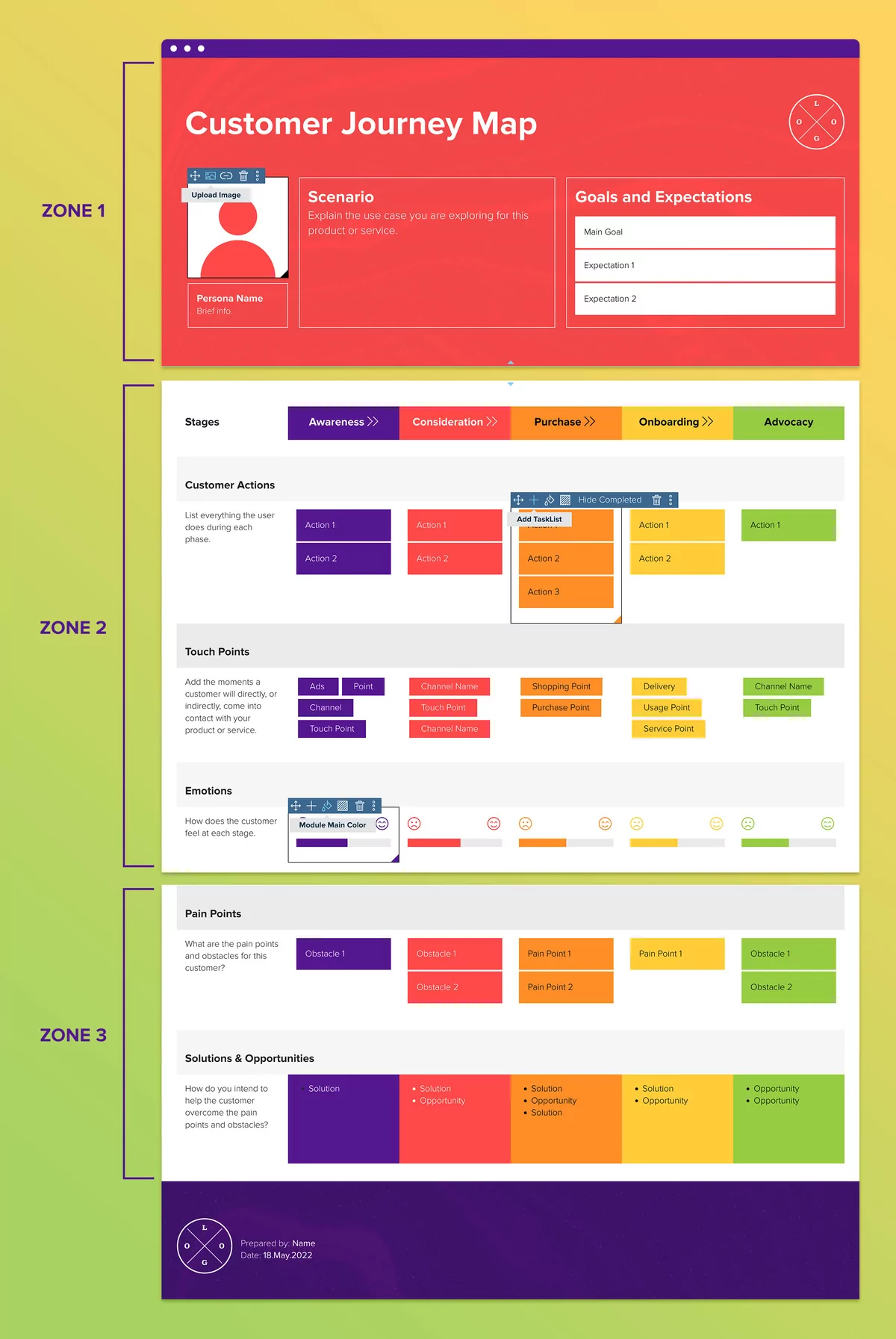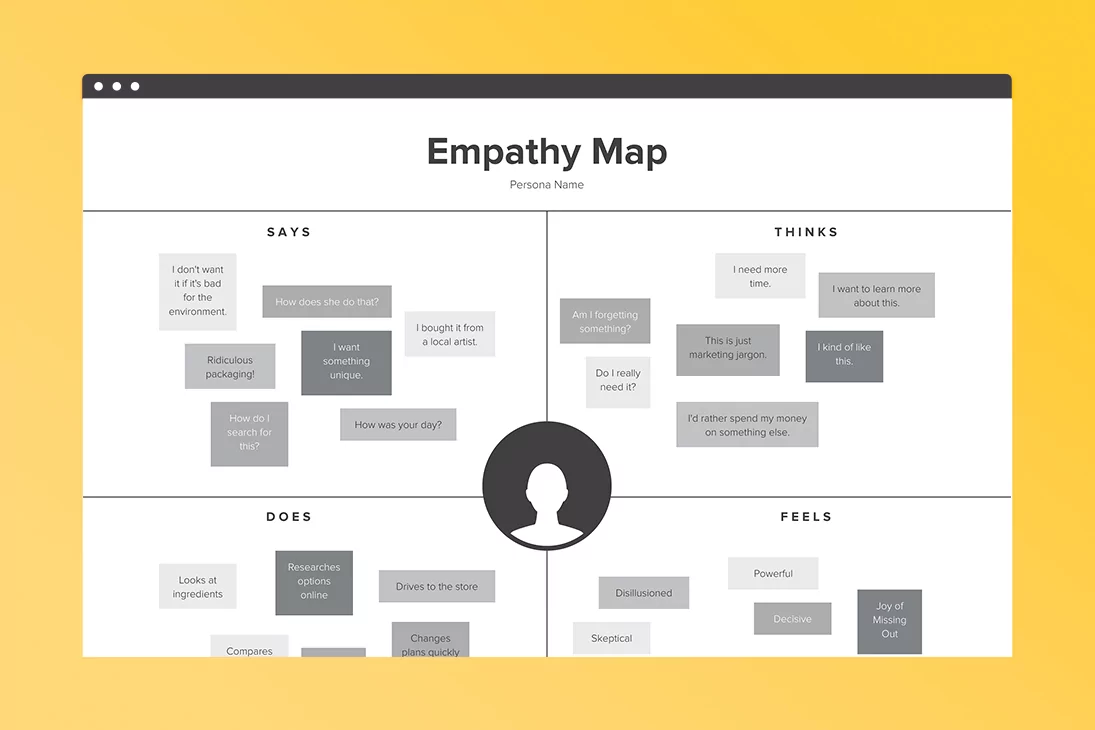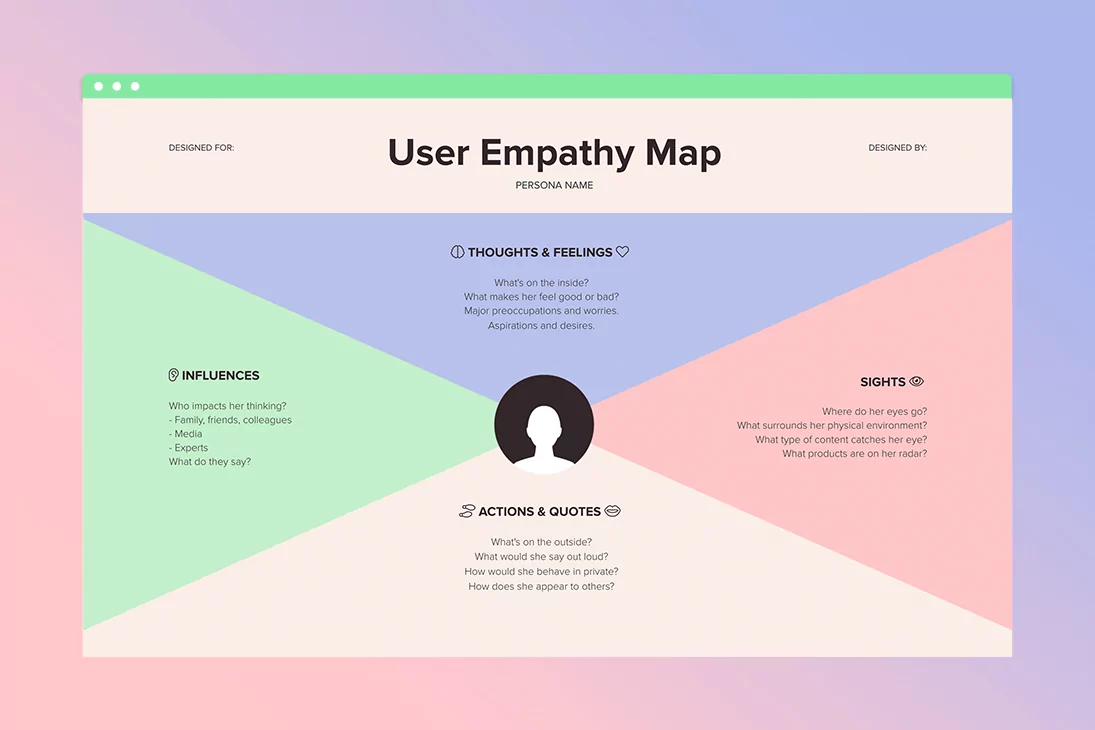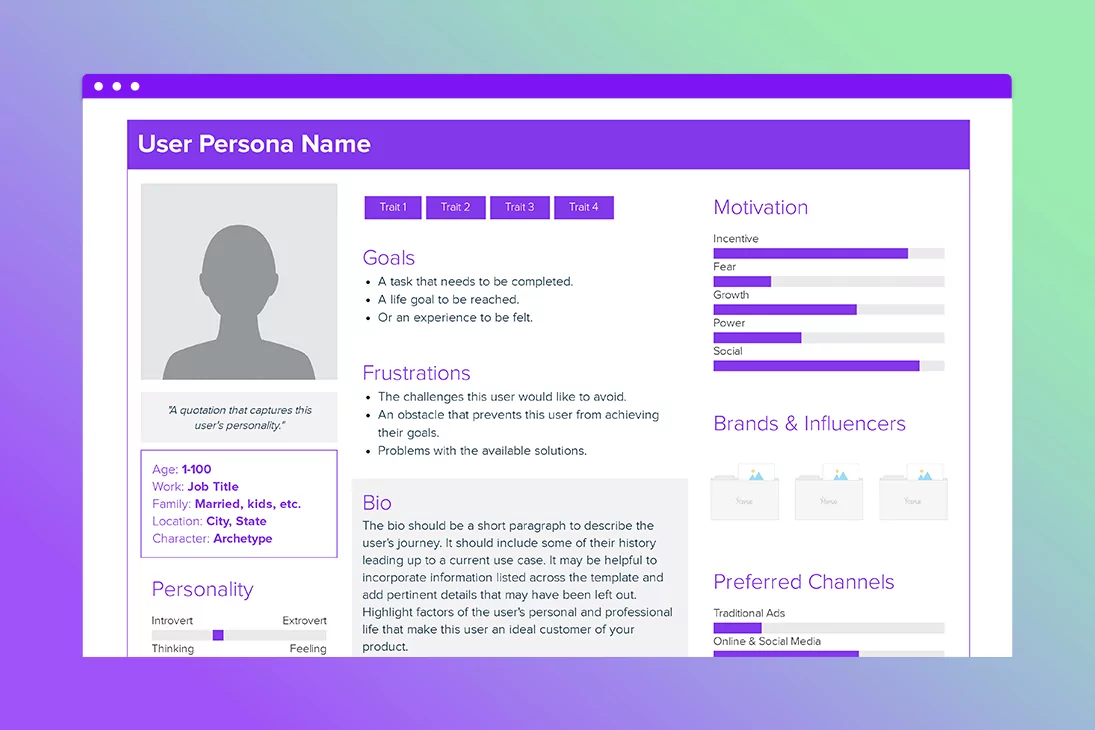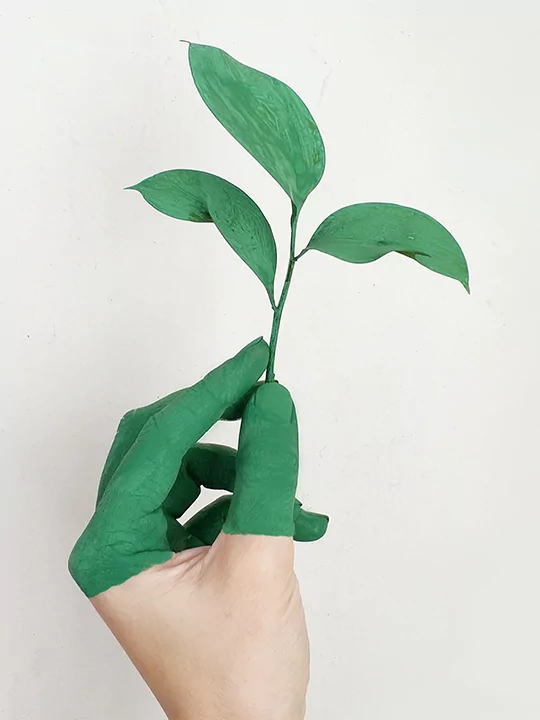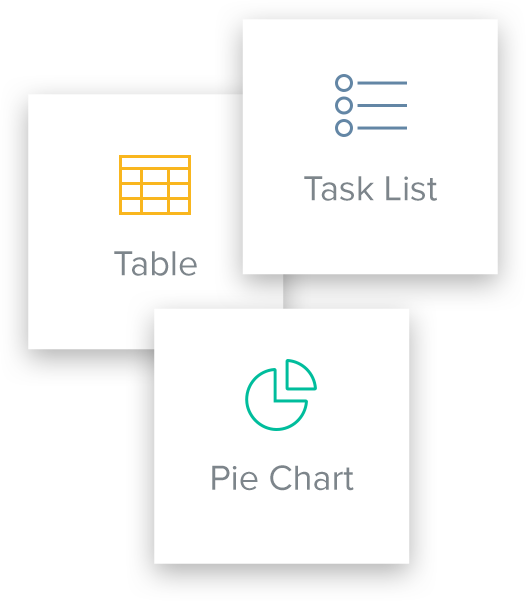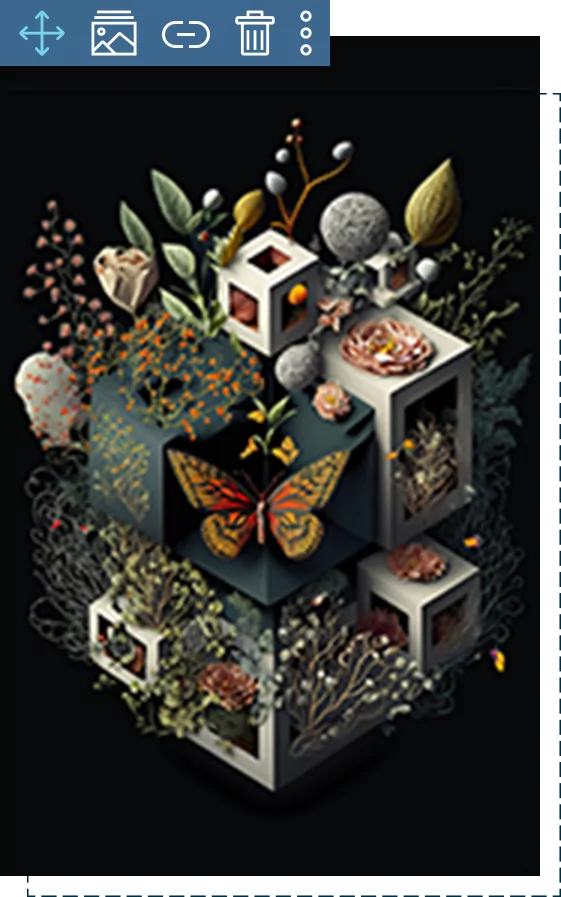An Intuitive Guide to Customer Journey Mapping
Updated by Xtensio
A Customer Journey Map is a diagram that visualizes a person’s interactions with a brand, product, service, or organization. It combines research findings with good design instincts in order to illustrate a particular user experience. Insights from this exercise have great benefits for design, branding, marketing, and customer success. We talked with fellow entrepreneurs and designers, and we read some of the best practices out there and opinions about Customer Journey Maps, to be able to provide this guide. Explore this template.
Xtensio is your team space for beautiful living documents.
Create, manage and share business collateral, easily.
Table of Contents
About that “customer” in the journey map
Whether we call them a client or a customer, a shopper or a buyer, an audience member, a viewer, patron, visitor, user, or a consumer, we are talking about people here. Each person goes through their own particular experience while interacting with a product, an organization, a service, or a space. But there are commonalities across unique experiences. Pain points, aha! moments, parts that are left to be desired, and parts that work so well you take them for granted. Listening, observing, and attuning keenly to the people will reveal commonalities and exceptions. Methodically analyzing the findings is crucial to guide priorities in designing, developing, and promoting experiences. This is why methods like Customer Journey Mapping exist. To help document, organize, and visualize raw research findings and make sense of them.
Is it a Customer Journey Map, a User Journey Map, or a Customer Experience Map?
We often use these terms interchangeably. However, if you like to be precise, there are slight differences in each of their use. User Journey Maps are more UX design process-focused and identify any friction and redundancies in virtual product design to improve the customer experience. Customer Journey Maps cover a more comprehensive range of customer interactions and business considerations. They go even broader to outline a customer’s general experience as they try to complete a task or achieve a goal. Customer Experience Maps do not necessarily focus on a customer’s interactions with a specific company. A Customer Journey Map’s sole purpose is to zoom in on how a customer perceives and interacts with a product, service, or brand.
Who needs a Customer Journey Map? Why?
Customer or User Journey Mapping emerged as a user experience design tool from the user-centric design mentality. It’s typically applied to develop smooth virtual experiences, software solutions, websites, and apps. Because the Customer Journey Map methodology is very intuitive, this exercise now reaches beyond UX and product design teams to customer success, branding, marketing, and even informing business strategy.
Here you are. Either assigned to work on a Customer Journey Map by your boss, or a client, as part of your job description or ongoing career development. Who will take a look at a Customer Journey Map is just as important as who makes them. So whoever you are, starting to work on creating a Journey Map, start thinking about making it an accessible visual tool for other stakeholders in the organization.
Much like Personas, Journey Maps can be used across an entire organization to align mindsets. Shift team members’ focus from their daily activities and tasks and let them recognize how their work is being experienced out in the world. Whether there’s an urgency to fix issues or opportunities for growth, the signals will be visible in the Customer Journey Map. It will reveal points to taking responsibility for specific roles.
For many members of a team who are not looking at analytics dashboards, numbers, and percentages all day long, the data world is encrypted. Turning quantitative data into a customer journey map is like developing a story out of random sentences. Yet, a complete picture, a character arc, oh the drama, or at the minimum, something human can emerge from charts and graphs. And this will be the key to coming up with great ideas at work.
A recipe for a successful customer journey map.
There are many templates, guides, and rules out there to go about Customer Journey Mapping. But ultimately there is no perfectly right or wrong way of implementing one. A Customer Journey Map is just one tool that fits into the larger picture of a Product Design sprint, a Brand Strategy project, or a broader User Research project. Instead of giving you instructions to follow chronologically, we would like to give you some principles to make the most out of journey mapping. Think of it as learning how to cook a great meal with essential ingredients, then adding flavors to make it your own.
If we were to pull a Customer/User Journey Map apart, it’s made of 3 main zones.
- Persona and a realistic scenario they are going through.
- Actions and Emotions of this Persona, over a timescale, as they hit the touchpoints with a product or organization.
- Insights that come out of the above, such as Pain Points and Opportunities.
It’s as simple as that. Before it gets complicated. Under each of these main parts, variations can be applied, the terminology may differ, and the layout of the Customer Journey map can be drawn differently. However, this simple structure sets the foundation for it and will help you generate your research questions.
Once you understand the essential components of a Customer Journey Map next steps are all about activating your intuition.
- What are your intentions with this Journey Map? Quickly list top-of-the-mind business and brand goals. Is it revenue growth? Isn’t it always? Or maybe you are planning a big digital transformation and are concerned with how it will disrupt the current customer experience. Perhaps you are changing along with the climate and developing a line of sustainable products for the future. Or it’s very granular, such as the design of a new specific feature in your SaaS product, and you want to see how it fits into the larger experience. For each case, your Customer Journey Map may look different. These variations on the Customer Journey Map may help you get started and be more focused.
Classic User / Customer Journey Map
Current State Customer Journey Map
Day in the Life Journey Map
Future State Customer Journey Map
Service Blue Print
Customer Support Journey Map
Persona-Based Customer Journey Map
In-Store Customer Journey Map
Content Marketing Customer Journey Map
- Tell the truth. How do you do that? Ground it with research findings, whether it is for imaginary customers for a future product or the current experience. Start with what you have. Tap into user observation, customer support tickets, and available data such as website analytics. If you feel you’re guessing your way around the user journey, go and ask some more questions to people and to data. Conduct user interviews, design surveys, and collect more insights.
- Understand Emotions. Really! Exercises like Empathy Maps are there to train your sense of empathy for the customer. Like a muscle, you have to practice daily to keep it toned. To dive even deeper into empathy and emotions pick up Brené Brown’s new book Atlas of the Heart.
- Take the journey yourself. Imagining what a person would do, and making sense of raw data points might not match in reality. Even if you know a product inside and out, sometimes you need to step out of your own head and into the shoes of a customer. Physically, or digitally take all the steps you presumed they would take.
- But of course, personas. We find this one to be a chicken and egg problem. Should you define personas before customer journey mapping or after? Most guides will tell you that you should have a persona in mind to get started on the journey map. Surely. Yet, completing A Day in the Life Journey Map would reveal key insights to developing a persona. We think, going back and forth between rough drafts and iterating is the way to go. Whatever serves your own world best.
- Sketch it out first. Take a pen and paper, draw, collage, pin it on the walls, and make a big messy map first. Fill in all the actions, emotions, obstacles, and pain points. Touchpoints, action types, emotions, and KPIs unique to your entity will shape your map as you go along.
- Just do it. Don’t become intimidated by all the must have’s the Internet throws at you to start working on this important exercise for your organization. Employing a dedicated research team, buying whitepapers, and working with consultants who know exactly what they’re doing is highly encouraged for those who have the resources. Our 2 cents, start with what you have and see that it will reveal what you’re missing.
What comes after the Customer Journey Mapping?
- Share. Turn your doctor’s handwriting sketches into something presentable at this point, so everyone can read them. Trim some info down and highlight the vitals. Make it look good and presentable. If you have a designer who can illustrate a Customer Journey Map beautifully, great. If not, tap into an Xtensio template, or drag and drop modules on a live page to draw your Customer Journey Map. Make it a “living” document, accessible to all teams and roles accountable for the vital parts of the Customer Journey. Share it as a link you can update and iterate on.
- Apply it at work. Analyze the journey against Key Performance Indicators (KPIs). Make teams accountable for immediate to-do’s. Set priorities for issues to fix, and opportunities to grab. Especially for startups, it is vital to tackle the low-hanging fruit likely to yield quick results, such as a minor design fix, instead of developing a whole new feature. You might discover something that can improve your go-to-market strategy, literally come upon a marketing headline, or a minor bug that causes so much churn.
- Refine your strategy and prune your backlog. You may have an endless kanban board of features to build, articles to publish, and partnerships to pursue. The Customer Journey Map is a great way to help face the reality of your fantastic ideas. Maybe it’s time to trim an overgrown to-do list down.
- Validate, edit, and revisit the journey. Identify the tools and resources you have. Determine what you’re missing. Go ahead and validate the journey with real-life use cases. If you feel you need more data for a more accurate picture of a user’s journey, go get it. Revisit the journey periodically, before new features’ development, a branding overhaul, or a big marketing push.
Conclusion
Customer Journey Mapping can be complex. Multichannel touchpoints, multiple stakeholders, and different customer types connecting with a variety of products can come into the picture. Thorough research may reveal a lot to digest. The maps can get heavy with detail. However, they can also be a rather quick and intuitive exercise for smaller organizations, while allowing an understanding of such complexities. We recommend you get started with the essentials and draw your own map catered to your own organization.
References for a deeper dive.
Here are some solid resources that informed our guide and Customer Journey Map templates. These also cover some things we may have left unsaid.
Nielson Norman Group’s article on Customer Journey Mapping gives it to you straight. We like how it describes Customer Journey Maps as combining “storytelling and visualization.”: https://www.nngroup.com/articles/customer-journey-mapping/
This one by Megan Grocki draws from her personal experience and that’s why we like it. She also mentions unique steps like “brainstorming with lenses.” Learn more here: https://uxmastery.com/how-to-create-a-customer-journey-map/
This huge guide on the User Interviews website is great. Shows how Customer Journey Maps is only one of the delivers into a giant research process: https://www.userinterviews.com/ux-research-field-guide-chapter/customer-journey-maps
Here’s a solid UX design resource, and a Journey Mapping Course: https://www.interaction-design.org/courses/journey-mapping
This use case by Ideo is great at inspiring field research for Customer Journey Maps: https://www.ideou.com/blogs/inspiration/use-customer-journey-maps-to-uncover-innovation-opportunities
Another one by Nielson Norman Group on how to analyze the Customer Journey Map: https://www.nngroup.com/articles/analyze-customer-journey-map/
